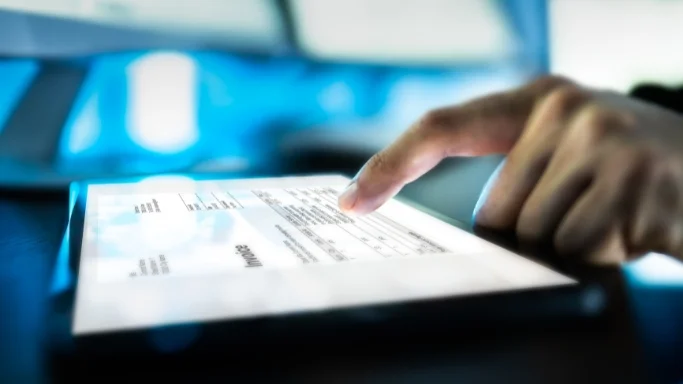
Who Needs to Use Making Tax Digital (MTD) for Income Tax?
Expanding on the digital future of tax management, Making Tax Digital for Income Tax (MTD for Income Tax) is a crucial development by HMRC designed to make tax management more efficient and precise. This transformative tool benefits many, particularly the self-employed, landlords, and those with business income. Read on to gain valuable insight into the implications and applications of MTD for Income Tax.
What is MTD for Income tax, and Who Is It For?
MTD for Income Tax is a new system introduced by HMRC to digitise the tax system in the UK. This initiative encourages the self-employed, landlords, and those with business income to maintain digital records of their income and expenses and submit updates to HMRC quarterly. This move to digital ensures more accuracy and less stress about the annual self-assessment tax return.
What are the Key Benefits of MTD for Income Tax?
Adopting MTD for Income Tax offers numerous benefits for the self-employed and landlords. The system allows for real-time data updates and a clearer understanding of your tax position. This ensures more accurate tax returns and helps finalise your business income tax efficiently. Moreover, using MTD-compliant software ensures a streamlined and efficient process.
How do I prepare for MTD for Income Tax?
To prepare for MTD for Income Tax, it’s essential to understand the income tax rules and to start maintaining digital records of income and expenses. HMRC provides several tax guides to assist with the transition. Follow the MTD for Income Tax rules closely to comply with HMRC’s requirements. You must use MTD-compliant software to maintain records and report your income and expenses.
What are the Key Dates for MTD for Income Tax?
HMRC has confirmed that MTD for Income Tax Self-Assessment (ITSA) will be mandatory from April 2026. This means businesses, the self-employed, and landlords with an annual gross income over £10,000 must follow MTD income tax rules from this date. It’s crucial to start preparing early to ensure a smooth transition to this new digital approach.
How to Keep Digital Records Using MTD for Income Tax
When using MTD for Income Tax, businesses must keep digital records of all income and expenses. HMRC will require updates every quarter, helping to give a more real-time overview of your tax situation. Tools compatible with MTD are essential, making tax and accounting tasks smoother and less time-consuming.
Key Takeaways:
- MTD for Income Tax applies to the self-employed, landlords, and businesses with income over £10,000.
- MTD provides real-time updates and a clearer understanding of your tax position.
- Preparation for MTD involves understanding the tax rules and maintaining digital records.
- MTD for ITSA will be mandatory in April 2026.
- Use MTD-compliant software to keep digital records and submit quarterly updates to HMRC.
As HMRC continues its digital revolution, adopting MTD for Income Tax will soon become an essential aspect of tax management for many. Understanding the requirements and benefits now will ensure a smooth transition when the time comes.


Request a call back
Let us know when you would like us to call you back by filling in this form:
Our 5 Star Reviews



Latest News

Making Tax Digital 2023: MPs Criticise Delays and Complexity
Explore the challenges and impacts of the UK’s Making Tax Digital initiative, including delays and the cost burden on taxpayers.

Making Tax Digital: Small Business Review
Making Tax Digital Small Business Review 2023: Understanding the Basics and Preparing for Change Introduction to Making Tax Digital (MTD) Since 1948, Jack Ross Chartered

Making Tax Digital: The Rising Costs and Challenges
Making Tax Digital: The Rising Costs and Challenges Introduction Making Tax Digital (MTD), the ambitious initiative by HM Revenue & Customs (HMRC) to digitise the
